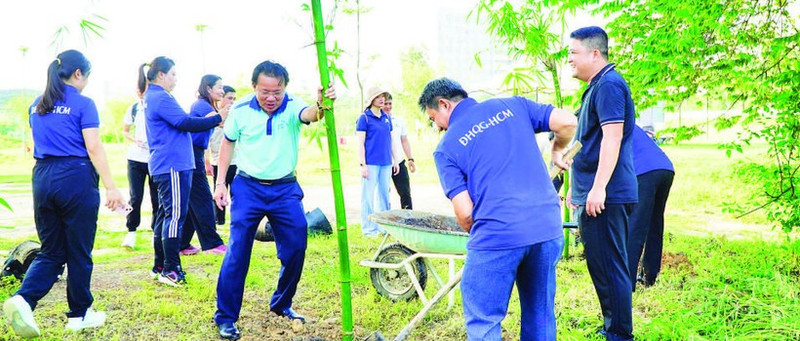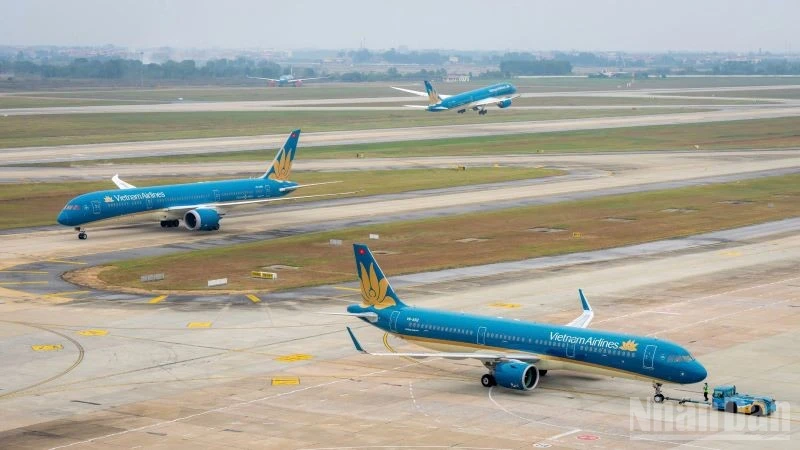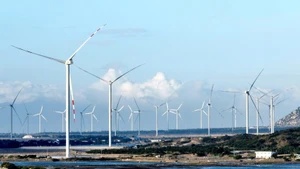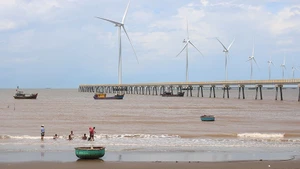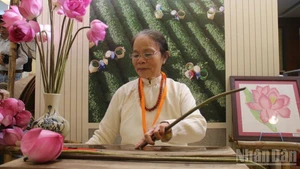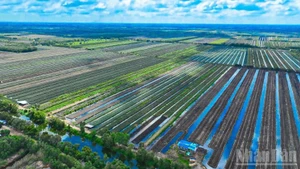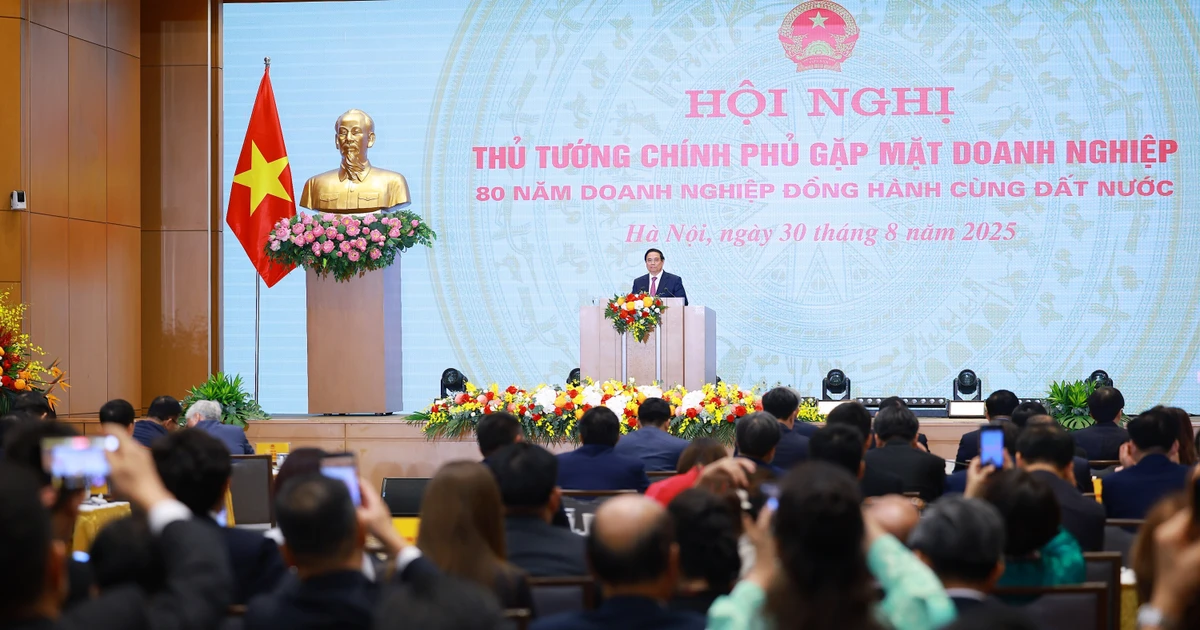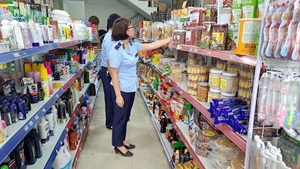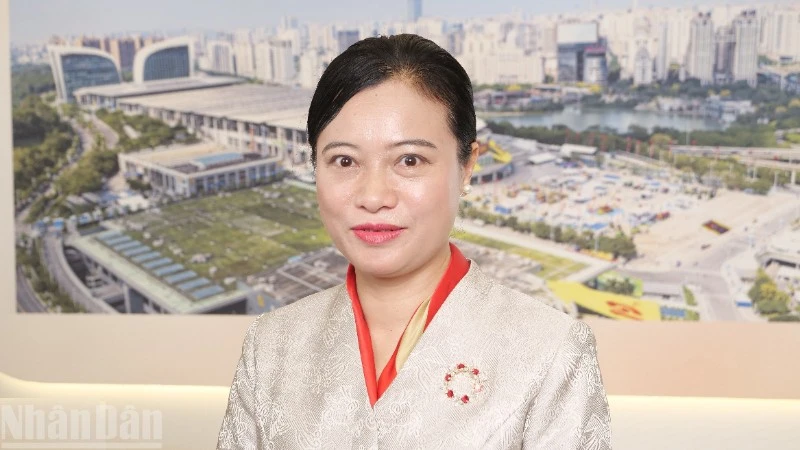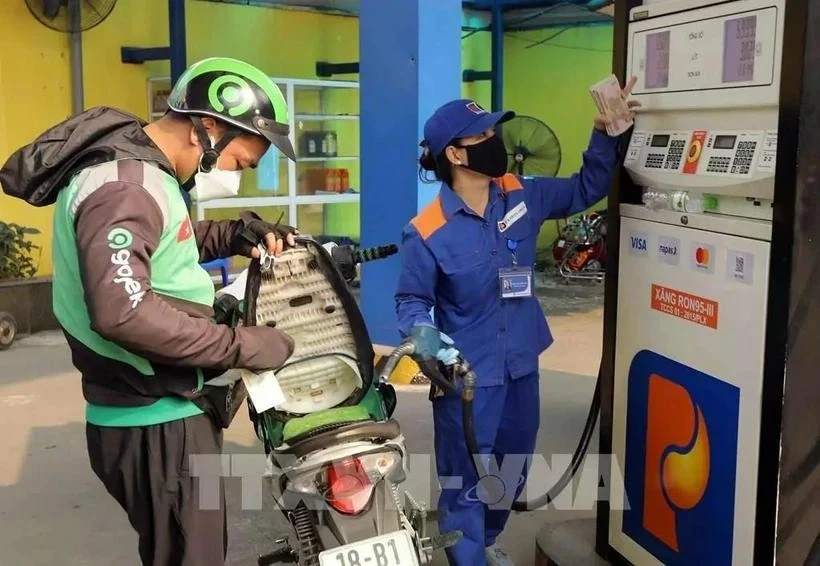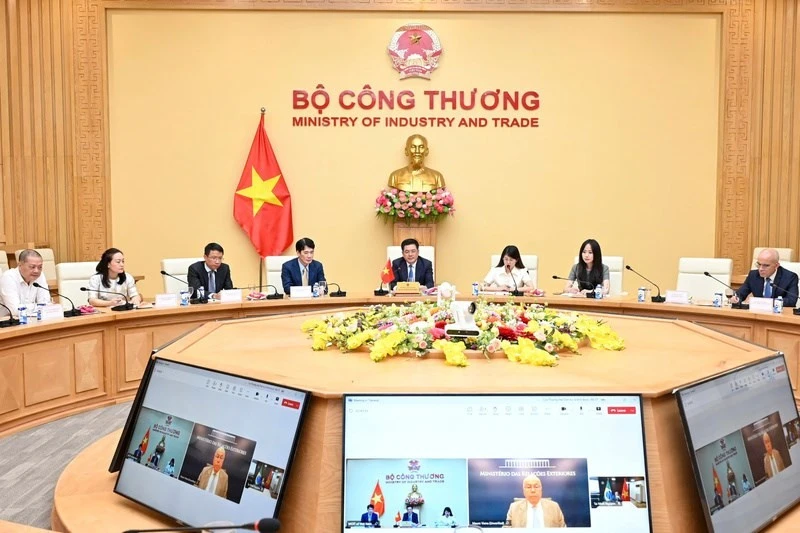The Viet Nam Bamboo Development Fund has just been officially launched, considering the Southeast region as well as many other provinces and cities as the place to sow “village bamboo hedges” to form sustainable bamboo growing areas in the future.
Plenty of room for bamboo to grow
During a working trip and field survey in the communes of Nui Cam and Tri Ton in An Giang Province, which are considered the capitals of bamboo in the Southwest region, the delegation of the Viet Nam Bamboo Development Fund learned about the famous bamboo road as well as the traditional bamboo bending profession in craft villages.
Lam Thanh Sy, Secretary of the Tri Ton Commune Party Committee, said: “Bamboo is closely associated with the lives and livelihoods of local people. In recent times, the locality has made many efforts to connect businesses and markets to effectively exploit local resources. Our goal is to both increase the value of bamboo products and preserve and conserve the traditional values of this plant species.”
In Nui Cam Commune, a place famous for eco-tourism and spirituality, many bamboo varieties are also thriving. The locality has established a network of raw material growing areas, purchasing and processing handicraft and fine art products for many markets, thereby creating jobs for local people.
According to local leaders, An Giang has a special advantage in bamboo, bamboo shoots, and bamboo processed products. This is an agricultural product with potential associated with eco-tourism and export. A representative of the Viet Nam Bamboo Development Fund said that with potential markets such as An Giang, the fund will focus on cooperation and connection to form growing areas to create bamboo value chains associated with indigenous livelihoods, eco-tourism, traditional craft villages, and climate change response.
In Ho Chi Minh City, on a weekend in August, many students, staff and lecturers of Viet Nam National University, Ho Chi Minh City together planted the first bamboo clusters in this university urban area.
Dr. Hoang Ha, Director of the University’s Sports Centre, said covering the central campus, as well as the community areas in general, with bamboo trees not only creates a healthy landscape and living space for students but is also a specific action to respond to the goal of sustainable development, linking the fields of sports and education with environmental protection. Teachers and students of the school will make efforts to coordinate with other units so that this meaningful community programme can be replicated, contributing to greening the university area.
Comprehensive solutions needed
Nguyen Tuan Khoi, Chairman of the Viet Nam Bamboo Development Fund, emphasised: “In history, bamboo has been an indomitable symbol of the nation. Today and tomorrow, green belts made of bamboo will contribute to responding to climate change, while creating a fresh space that is good for the physical and mental health of the community. We are continuing to connect to green agencies, schools, and public places in the provinces and cities of the Southeast region as well as other localities, thereby forming “Bamboo Cities” towards the series of activities to welcome the annual World Bamboo Day (September 18).”
The Viet Nam Bamboo Development Fund has many goals such as developing traditional bamboo craft villages, including restoring and developing fading craft villages. People, especially indigenous women, will be trained in modern handicraft techniques to create high-quality products with artistic and cultural values.
The fund also aims to empower women economically when family production models combine skills training, design, and financial management to help women in remote areas increase their income, improve their social status, and become a key force in preserving bamboo heritage. Through investment in design, technical processing, and brand development, raw bamboo products are upgraded into sophisticated handicrafts, meeting the needs of high-end markets at home and abroad.
In addition to the potential and advantages of the growing area and market, the increase in the production value of bamboo and other bamboo species is also facing many difficulties and challenges: Raw materials from bamboo are increasingly scarce due to widespread exploitation while new planting for regeneration is limited.
For products, the improvement of designs has not met the tastes and demands of the market, especially the export market. Human resources, especially in craft villages, are in a state of shortage, along with the rather fragmented production scale. The number of large enterprises specialising in processing bamboo products is not large, mainly focusing on domestic rattan and bamboo weaving villages, but most of them are individual and small households.
From that reality, the requirements for trade promotion, advertising and introducing bamboo need to be implemented more effectively. In addition, adequate standards and legal corridors for the planting, processing and use of bamboo materials also need to be developed by competent authorities to create a high value chain from bamboo.
